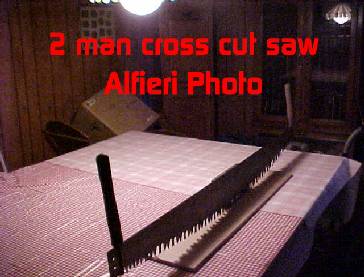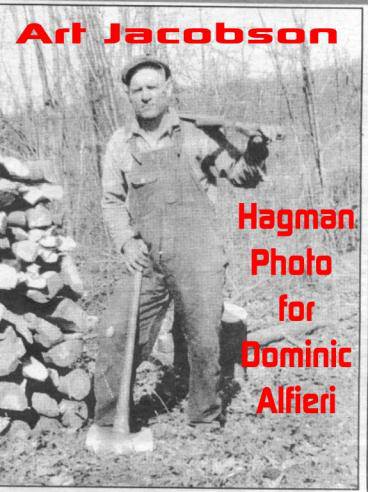Timber Industry
From
the early days of its history wood played an important role in Clermont.
Beginning before the turn of the century in the 1800’s it provided work for
many men. Huge tracts of land were logged using hand tools similar to the ones
shown here.


The
huge logs were loaded onto horse drawn wagons and hauled to the railroad to be
hauled to other parts of the country.
Butt’s dock had been constructed for this purpose and was used for a
great many loads of logs.
The men who drove these wagons were called teamsters.
As told to me by his daughter,
The
final harvest of logs, as well as the closing of the Gumboot mines, certainly
contributed to the demise of the Pennsy Railroad through Clermont. Even though
the large trees were gone woods still contributed employment to some men with
the cutting of wood for the paper mill in Johnsonburg and chemical wood for the
plant in Marvindale. Usually the men worked in two man crews and used 2 man
saws, double headed axes, sledges, and go-devils. Here is a picture of one of
the men who was a woodcutter. His name was Artie Jacobson and grew up on the
Jacobson farm.

The bark had to be removed for the paper wood. Both types of wood were piled in cord piles and were scaled by a wood scaler. The men were paid a price, one or 2 dollars, for each cord.
In recent years the timber has grown big enough to be logged again. Large corporations have purchased thousands of acres of land and employ foresters to manage the timberlands. Gone are the two man saws and in with the chainsaws like the ones shown here.


Without
the railroads to haul the logs these companies employ trucking firms with log
trucks like this one.

Finally
the paper mills now use chippers to grind up the wood for use in making paper so
now only logs are used in this process. No more chemical mills exist in the area
so there is no need for chemical wood.

